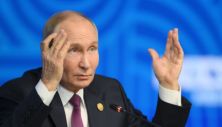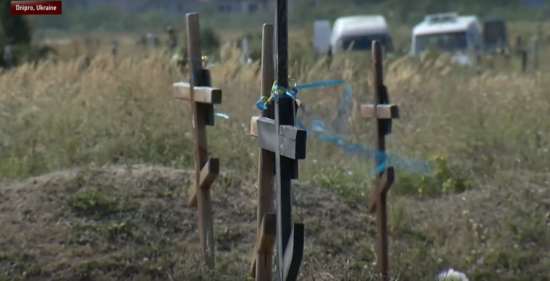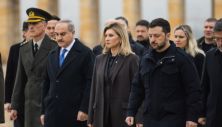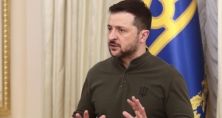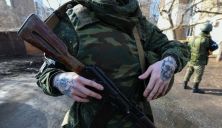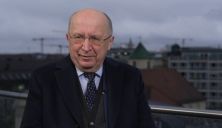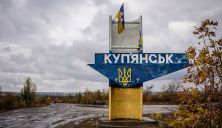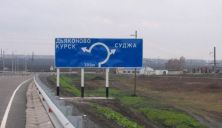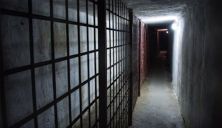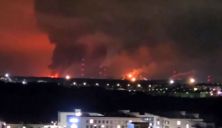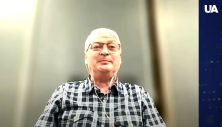In the spring of 2014, Halyna’s son would have been 32. He was a successful entrepreneur in the Luhansk region and a father of two. When the mobilization started in Ukraine, he went to the draft office himself.
“He left his business, his wife, his daughter, his adoptive daughter, left me and his father. He sold his business and went to serve,” mother of the soldier, Halyna Balakshey, said.
Halyna did not know that her son went to fight until August 26. This fact was hidden from her. Three days later she received the final message from her son.
“On the morning of 29th, he sent an SMS saying that they are retreating. I was waiting for his call, of course. I never received it,” Balakshei said.
Mykola Balakshey didn’t make it from the Ilovaisk encirclement. Just like Serhiy Nystratenko. He was also called up for service on May 2014. His parents found out about his death only a week after it happened.
“I believed that he was alive until the last. I hoped until the end. But when the boys were coming up to me and saying that they were sorry, I asked ‘did he die?’ The answer was yes,” mother of the soldier, Nadiya Minenko, said.
All those who were killed were buried in the fall. Many of them were unidentified. A sign was placed on the grave of Serhiy Nystratenko without his name. It only had a number. His parents found out it was his body only because of a DNA test.
“The data matched. We were given his number and the number of his medical examination. This is how he died. His body was charred from the knees up. He burned to death,” Minenko said.
Most of the bodies that were hard to identify were brought to morgues in Dnipro. At the same time, a DNA database was being created in Ukraine. The DNA data of the deceased was stored in the database, and then compared to the DNA of their potential relatives. If the data matched – the deceased was identified. This is how the names of almost 200 soldiers were discovered. And that is only from this cemetery.
Krosnopilsk cemetery still has 106 graves with a sign reading “Temporarily unidentified defender of Ukraine.” All of them died in 2014.
The efforts to identify them are still ongoing.
“There are graves that have 99.9% matching DNA data, but relatives of the deceased cannot accept it, because they did not see the body. We understand that it was Ilovaisk, and 99% of the bodies are just fragmented, not whole corpses. There was one test, and from 2014 to 2016 there was no contact with the relatives. Now we are trying to work with them again to offer them another DNA test,” Deputy Director of the Social Policy Department of the Dnipro City Council Yulia Dmitrova said.
Since the start of the year, the bodies of three more defenders have been identified.
